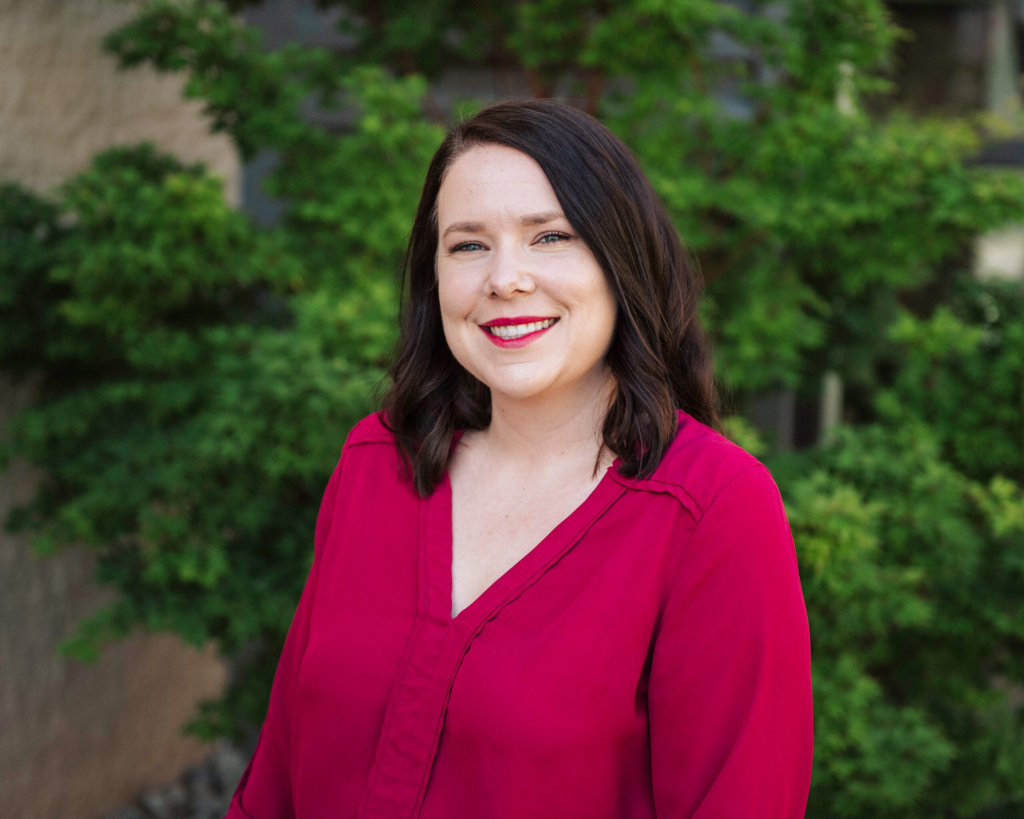
Associate farm reporter Carli Davenport spoke with Senior Manager of Food and Health for Hunger Free Oklahoma, Lauran Larson. Larson began by highlighting what she considers the earliest “food is medicine” initiative: the WIC program, or Supplemental Nutrition Program for Women, Infants and Children. She explained that WIC began “a little over 50 years ago” when researchers noticed mothers were “not meeting their nutritional needs” and babies were experiencing poor health outcomes. The pilot program prescribed healthy foods to mothers, resulting in “ improved birth outcomes, higher birth weights, and better outcomes for the babies in general.” The success led to WIC becoming a federal program, proving over decades that “if we do prescribe healthy foods to individuals, we’re going to save money in the long run.”
Larson went on to explain that the modern food is medicine movement “really has started up in the last 15 or so years” and now reaches beyond mothers and babies. Larson said research has shown improved outcomes for conditions like “diabetes and hypertension” and emphasized, “we’re seeing great success with these programs.” In Oklahoma, there are “about 13 programs reaching specific patients in specific areas,” though eligibility depends on location and physician partnerships. “Every program is different,” she noted, with some enrolling new patients and others not, adding, “We hope to see more and more access statewide.
Larson also described the Double Up Oklahoma program, which she called “incredible.” Through participating grocery stores or farmers markets, individuals can spend SNAP or food stamp dollars and “double your purchase up to $20 a day… on produce, fruits, vegetables.” The program benefits both shoppers and stores: “They’re able to offer more produce across the board, expand their varieties,” while participants “stretch their grocery budgets” and enjoy more fresh food, which “sometimes is seen as a luxury item.”
Discussing the Food is Medicine Coalition, Larson said it has existed “since 2023” and brings together “partners from different sectors, like healthcare providers, agriculture, healthcare systems, and state agencies.” The coalition’s goal is to “have a greater understanding of food as medicine and support existing programs” while fostering the creation of new ones. She stressed the importance of advocacy, noting, “Sometimes what that means is advocating for more funding for the programs.”
Larson concluded by emphasizing collaboration and breaking down barriers. “We just want to break down those silos, get more programs out there,” she said. By connecting partners and sharing knowledge, “we are seeing incredible impact from food as medicine programs,” and “bringing everyone together to know what’s going on and learn from each other and collaborate has just been beautiful to see.”

















